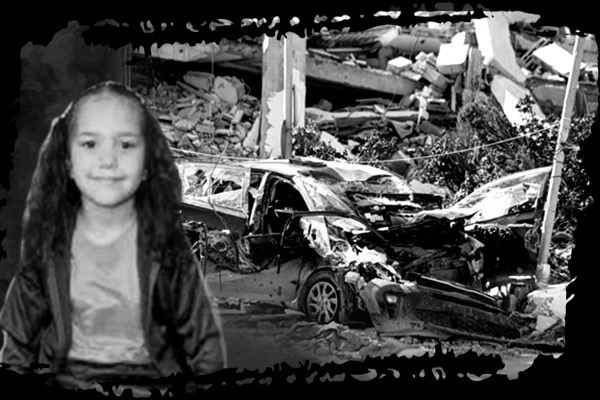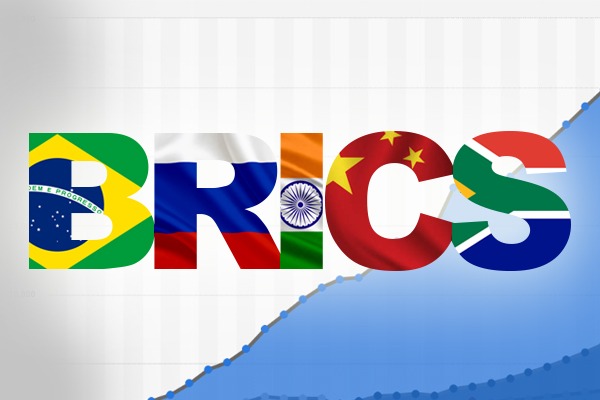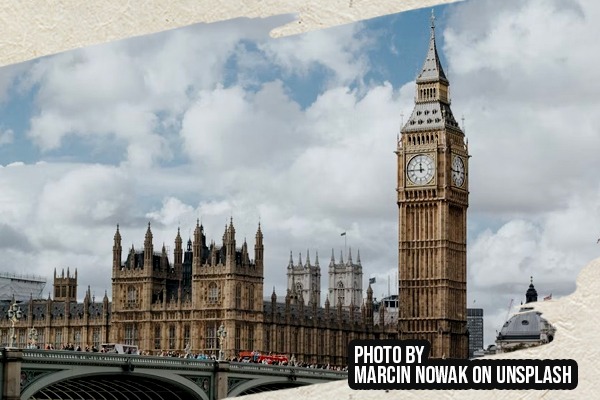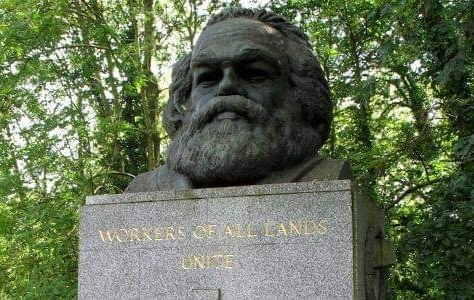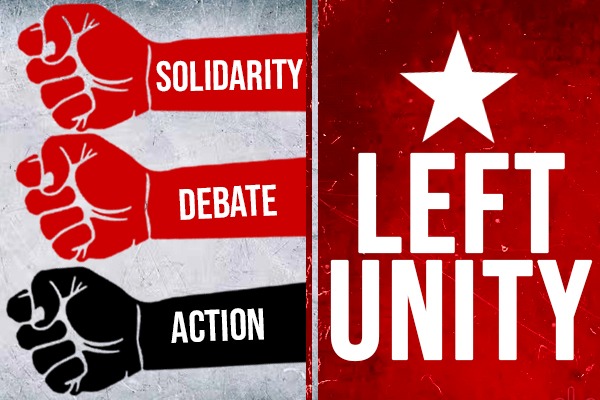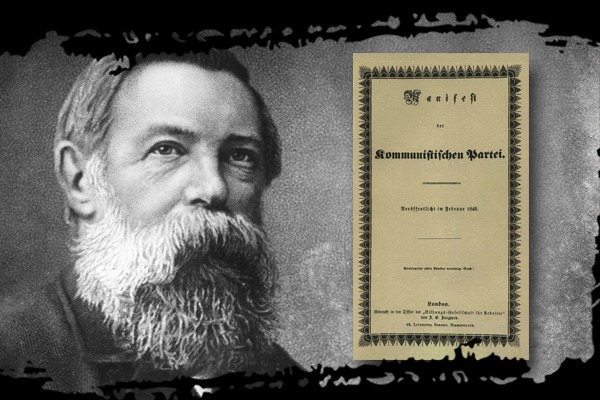The recently concluded 82nd Venice Film Festival echoed the voice of children of Gaza. The film “The Voice of Hind Rajab” won the Grand Jury (Silver Lion) prize in the festival. This film is based on a real story; depicts the merciless, barbaric killing of a six-year-old girl Hind Rajab and her family in a car, fired upon by an Israeli tank from a close range. Two paramedics sent to rescue her were also killed. The film received a 24-minute emotional standing ovation with tears on many eyes at its premiere. This is by far the longest ovation of this festival to date.; a record of the festival.
The event occurred on 29th January’24. On early hours of 29th, the six-year-old child Hind Rajab with her uncle, aunt, and four cousins were evacuating Gaza, driving north in a car. The roads were blocked at many places from the debris of high-rise buildings. Their car was fired upon by an Israeli tank without any warning. Forensic examination on investigation showed 335 bullet holes on the car. The only ones survived the initial onslaught were Hind Rajab and her 15-year-old cousin Layan Hamada; her uncle, aunt, and 3 cousins had succumbed to bullets immediately. At 2.30 pm, Layan Hamada calls the Palestine Red Crescent Society (PRCS) over phone, requesting to rescue them. Layan said them that they were trapped in the car and the Israeli army was shooting from a tank. “They are firing at us; the tank is next to me. We are in the car, and the tank is next to us.” Her voice stopped abruptly, hardly 20 seconds into the call, she was killed by a bullet. The voice record of the call shows 64-gun shots in 6 seconds. This comes to around 700 shots fired in a minute. The Israeli tank was hardly 13-23 meters away from the car, and from such proximity, it is not plausible for the shooter to have not seen the car with civilians and children. A cold- blooded murder. The sole survivor in the bullet ridden car was the six-year-child Hind surrounded by dead bodies of her family members.
Hind continued to remain in contact with Red Crescent and her mother, for three hours over phone, and fervently requested for rescue. She told them, “I am so scared, please come. Come take me, please will you come?” She continued hiding in the car, as the tank was approaching. The PRCS contacted the Gaza Health Ministry and Israel military for permission for sending the ambulance with safe passage. They got the permission after a long wait, at 5.40 pm after sunset. Two paramedics in an ambulance were dispatched from al-Ahli Hospital. They reached the site at about 6 pm and reported being targeted by lasers. The connection was lost soon after, with the sound of an explosion. The whereabouts of the two paramedics and Rajab could not be known for next 12 days, as the area was under seize.
Rajab’s family could reach the site only after 12 days, on 10th February, after the withdrawal of Israeli military. Hind’s body was found in the car alongside the bodies of her family members. The bodies of the two paramedics sent for rescue were found 50 meters away from the car, almost charred. Rajab’s mother on confirmation of death of her daughter said, “How many more mothers are you waiting to feel the pain? How many more children do you want to get killed?”
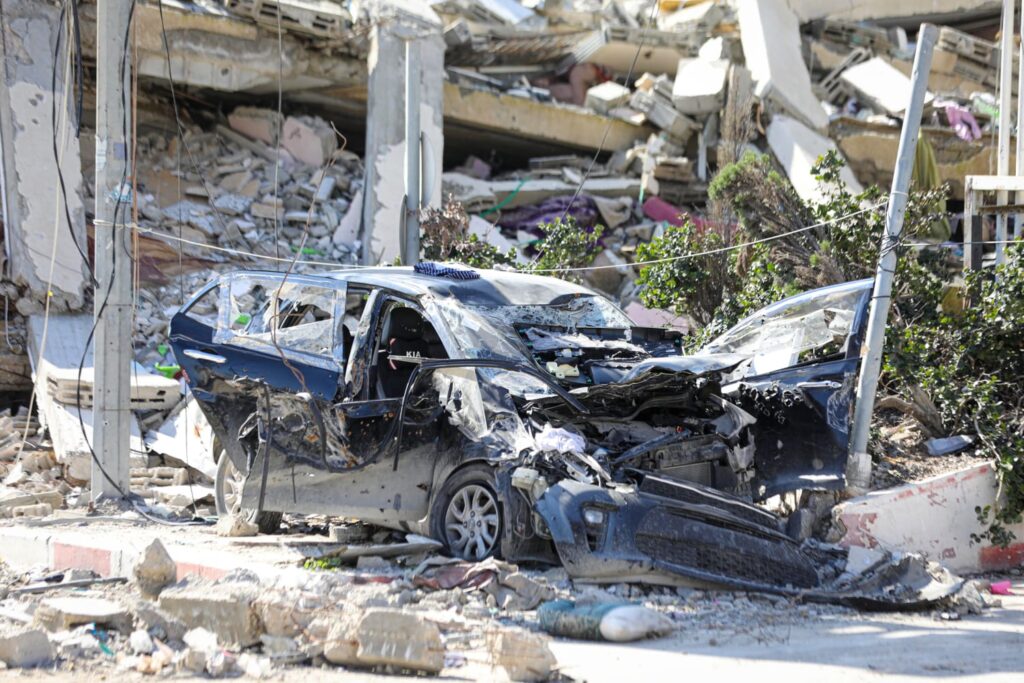
Israel claimed that there were no troops in that area during that period and denied carrying out the attack. The blatant lie of them were exposed by independent agencies. On the basis of satellite imagery The Washington Post and Sky News investigation showed that Israeli tanks were present in that area and had fired 335 rounds on the car. The Forensic Architecture investigation also concluded on same lines. It relied on visual, audio, and other collected evidence, to reconstruct the incident. It concluded that the culprit was an Israeli military tank. An independent expert appointed by United Nations Human Rights Council sated that the killing of Hind Rajab amounts to war crime. Israel, as usual after each such incident deny, deflect, and waits for the attention to move elsewhere.
The Pro-Palestine students of Columbia University, in April’24, seized the academic building, Hamilton Hall and renamed it ‘Hind’s Hall’, in honor of Hind. On 16th May, students of University of California, Berkley occupied an abandoned historic campus building and renamed it ‘Hind’s House’. An organization that holds Israel accountable for war crimes was named as Hind Rajab Foundation.
The film “Voice of Hind Rajab” is based on this true story. Kouther Ben Hania, Tunisian film maker is the director of the film. She says, “There was something electric in the energy around this project, so immediate, so alive.” The audio recording of the voice of Hind Rajab asking for help moves her. “I immediately felt a mix of helplessness, and an overwhelming sadness. A physical reaction, like the ground shifted under me.” She contacted Red Crescent, heard the full audio, talked with mother of Rajab, and all real people involved in that call, and felt their helplessness and anger. She says, “I listened, I cried, I wrote.” The film uses the real audio of Hind Rajab’s hour-long call to the Palestine Red Crescent Society. The director deliberately keeps violence off-screen. “What I wanted to focus was on the invisible: the simple, and very hard to live with. I cannot accept a world where a child calls for help and no one comes. Sometimes, what you don’t see is more devastating than what you do. That pain, that failure, belongs to all of us. The story is not just about Gaza. It speaks to a universal grief.” “Cinema can preserve a memory. Cinema can resist amnesia.” She told reporters, “When I heard first time the voice of Hind, there was something more than her voice. It was the very voice of Gaza asking for help. It was anger and helplessness that gave birth to this movie.” “The narrative around the world is that hose dying in Gaza are collateral damage, I think this is so dehumanizing, and that’s why cinema and art are important, to give those people a voice and a face. We are saying enough, enough of this genocide.”
In the press conference, the Palestinian actress Saja Kilani read a statement on behalf of “The Voice of Hind Rajab” cast and crew, that noted, “On behalf of all of us actors, and in the name of the entire team, we ask, isn’t it enough? Enough of the mass killing, the starvation, the dehumanization, the destruction, the ongoing occupation. ‘The Voice of Hind Rajab’ does not need our defense. This film is not an opinion or a fantasy. It is anchored in truth. Hind’s story carries the weight of an entire people. Her voice is one amongst tens of thousands of children that were killed in Gaza in last two years alone. It is the voice of every daughter, every son, with the right to live, to dream, to exist in dignity, yet all of it was stolen in front of unblinking eyes, and these are only the voices we know. Behind every number is a story that never got to be told. Hind’s story is about the child crying out ‘Save me’. And the real question is, how have we let a child beg for life? No one can live in peace even when one child is forced to plea for survival. Let Hind Rajab’s voice echo around the world. Let it remind you of the silence that has been built around Gaza. Let it name the genocide that silence protects and let it pierce the word enough, not tomorrow, not some day, now. For justice, for the sake of humanity, for the future of every child. Enough.”
It was an emotional, traumatic, challenging but compelling task for the actors of the movie. Amer Hlehel expressed, “It’s not a film for us. It was really a duty to go and do this. We needed that film to express ourselves as actors and artists.” Kilani added, “Usually with a film, you create a character, you build this narrative in your head, but in this film, there was no acting.” Actress Clara Khoury said, “There were a lot of tears, and also the team was in tears. Everybody. We were in a very small and closed set, and everyone was engaged. The whole film set, because of the cause, because of what’s happening in Gaza and the genocide, the ongoing genocide that is not stopping yet.”
Actor Motaz Malhees, who lived in West Bank during childhood, and who plays the role of Red Crescent volunteer in the film shared that he had a deep personal connection to the story, “It wasn’t easy. I felt like I died thousand times hearing Hind’s voice. From the first moment, it sent me back to my childhood. So, it wasn’t a new thing for me. It’s life I lived. There were two times where I couldn’t keep filming. I had a panic attack, and I had the support from everyone also. It was hard, but it’s a responsibility for me.”
Ben Hania, on accepting the award said, “Cinema cannot bring Hind back, nor can it erase the atrocity committed against her. Nothing can ever restore what was taken, but cinema can preserve her voice, make it resonate across borders.” “Her voice will continue to echo until accountability is real, until justice is served.” This is not the story of a single girl, but that of an “entire people enduring genocide”. The movie attracted some top Hollywood names as executive producers; Joaquin Phoenix, Rooney Mara, and Brad Pitt.
Jormusch, who received the Golden Lion in this festival wore a badge saying “Enough”, signaling his protest of Israel’s genocide in Gaza. Servillo, who own the best actor, expressed admiration of the flotilla of boats attempting to break the seize of Gaza. “They have decided to set sail with courage to reach Palestine and to bring a sign of humanity to a land where human dignity is daily and cruelly demeaned.”
Annapurna Roy, who won best director award for her debut feature, Songs of Forgotten Trees, said in a choked voice, “Every child deserves peace, freedom, liberation, and Palestine is no exception. I stand by Palestine. I might upset my country, but it doesn’t matter to me anymore.” Maryam Touzani, another award-winning film maker said, “How many mothers have been made childless? How many more till this is brought to an end? We refuse to lose our humanity.”
The onward march of the film ‘The Voice of Hind Rajab’ doesn’t stop at Venice. It is selected to open the Doha Film Festival and the closing film of Cairo International Film Festival, both in November’25. Fatma Hassan Alremiahi, Festival Director said, “To open our festival with The Voice of Hind Rajab is to honor truth – fragile, heartbreaking, and urgent. Hind’s voice, trembling yet unyielding, speaks to everyone of us. It is the story of all children, women, and men of Palestine whose lives have been shattered by violent aggression of Zionist occupation and whose resilience continues to inspire global conscience. This powerful film demonstrates cinema’s unique role in amplifying voices that matter, reflecting the pain and courage of the Palestinian people, and the extraordinary efforts of the unsung heroes who tried to save an innocent child. By honoring Hind’s memory and that of countless others, we hope to awaken empathy, inspire justice, and remind the world that no story, however painful, should be left untold.” Hussein Fahmy, President of Cairo International Film Festival said, “Presenting, The Voice of Hind Rajab as the closing film of this year’s edition reflects the festival’s deep belief in cinema’s role in defending human causes, foremost among them the Palestine cause. It is a profoundly moving work that demonstrates how art can serve as a voice for freedom and justice.”
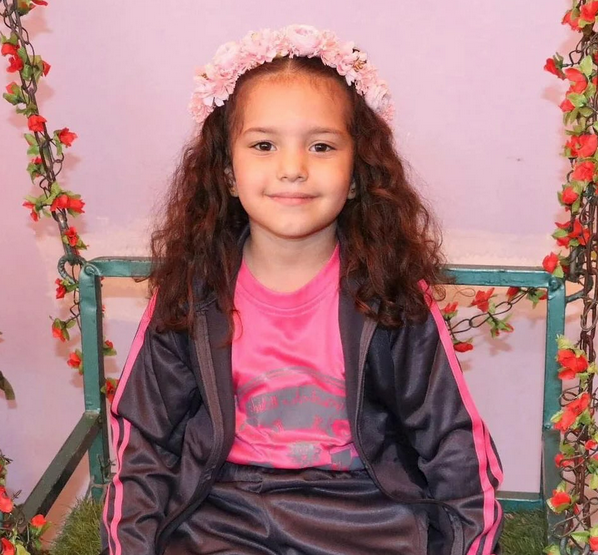
Voice of children and innocent lives of Palestine, now echoes in every forum and corner of the world. Israel has killed more than 70000 Palestinians in the recent conflict, including more than 18000 children, and the number is increasing every day. Thousands of children are displaced, living in refugee camps, some orphaned, lost their dear ones, living in streets, suffering from malnutrition, and hunger. They are denied the basic necessities of food, water, shelter, education, and health facilities; for no fault of theirs. Malnutrition has reached dangerous trajectory in Gaza. One in five children are suffering from acute malnutrition. The grave situation is man-made; deliberate blocking of food, health, and humanitarian aid to the area by Israel. This is preventable. It is not only lack of food and hunger that is killing people, but desperate search and rush for food under chaotic and vulnerable conditions, families are forced to risk their lives. A WHO report states, more than 1060 people have been killed and 7200 injured while accessing food aid, since May. A United Nation Commission of inquiry says that Israel has committed genocide against Palestinians in Gaza. The 72-page document alleges that Israeli authorities and Israeli security forces have committed and are continuing to commit four of the five acts of genocide.
In such a world scenario, The Voice of Hind Rajab speaks in silence; the pain, agony, and shattered dreams of children of Palestine. Cinema is a powerful medium reflecting the social fabric; and not simply being a reflection, but the voice that disturbs, creates ripples in every mind and heart. The renowned poet Shelly said, “poets are the unacknowledged legislators of the world”. It is true for all forms of art and literature, and their creators. This film has effectively performed its social responsibility of stirring emotions for a greater cause. Children of Palestine are our children, how can the world remain silent of such inhumane, brutal killing of children? The core values of human civilization are at stake. “The death of human empathy is one of the earliest and most telling signs of a culture about to fall into barbarism.” (Hannah Arendt) The acts of Israeli army and state are barbaric. Let The Voice of Hind Rajab reach every heart and brain, let the world adopt children of Palestine as their own, and let thousands of voices echo condemning the brutality.

